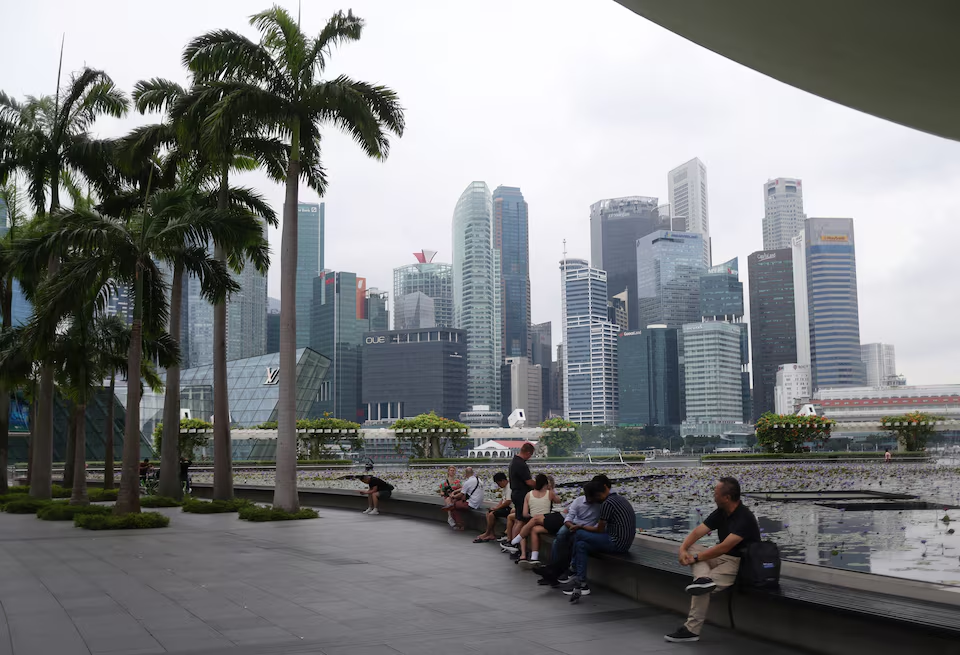Singapore’s economy expanded by 3.9% year-on-year in the first quarter of 2025, slightly exceeding the government’s advance estimate of 3.7%, according to official data released on Wednesday. The revised figures, released by the Ministry of Trade and Industry (MTI), point to a resilient recovery driven by robust manufacturing and strong performance in the services sector.
The better-than-expected gross domestic product (GDP) growth is seen as a positive sign for Singapore’s economic trajectory after a period of global uncertainty and uneven recovery in key export markets. On a quarter-on-quarter seasonally adjusted basis, GDP rose 0.5%, improving from the 0.1% expansion recorded in Q4 2024.
In a statement, the MTI attributed the upward revision primarily to stronger-than-estimated output in the electronics and precision engineering clusters, key components of Singapore’s export-driven manufacturing base. “Manufacturing showed renewed momentum despite external headwinds, contributing significantly to first-quarter growth,” the ministry noted.
The services sector also remained a key growth engine, led by finance, insurance, and professional services, along with a continued rebound in tourism-related industries such as accommodation and food services. Analysts noted that the recovery in international travel and corporate activity in Asia has boosted domestic service demand.
Singapore’s construction sector also registered year-on-year growth, though at a more moderate pace, reflecting ongoing public and private infrastructure projects.
Following the Q1 results, the government maintained its full-year 2025 GDP growth forecast in the range of 1.0% to 3.0%, citing persistent global uncertainties including geopolitical tensions, tight financial conditions, and slowing demand in major economies like the U.S. and China.
Gabriel Lim, Permanent Secretary for Trade and Industry, said, “The external environment remains challenging, but the domestic economy is showing encouraging signs of resilience. We urge businesses to continue investing in productivity and digital transformation to stay competitive.”
Economists said the first-quarter data may lead to upward revisions in some private forecasts. “The beat on GDP shows that Singapore’s economy is holding up better than expected, especially in manufacturing,” said Selena Ling, chief economist at OCBC Bank. “However, external demand remains fragile, and we are still cautious about second-half prospects.”
The Monetary Authority of Singapore (MAS) has so far maintained a neutral policy stance, signaling it will continue to monitor inflation and growth data before making any adjustments. Inflation has remained within the projected range, allowing for policy stability in the near term.
Singapore’s economy has remained among Asia’s more stable performers amid a complex global economic landscape, supported by its diversified trade links, sound governance, and proactive fiscal management. As Q2 begins, attention will turn to consumer spending, export performance, and global financial trends to assess whether the momentum can be sustained.
With the latest GDP revision, Singapore reaffirms its position as a bellwether for regional economic health—showing cautious optimism in an otherwise volatile global environment.
Source: Reuters


